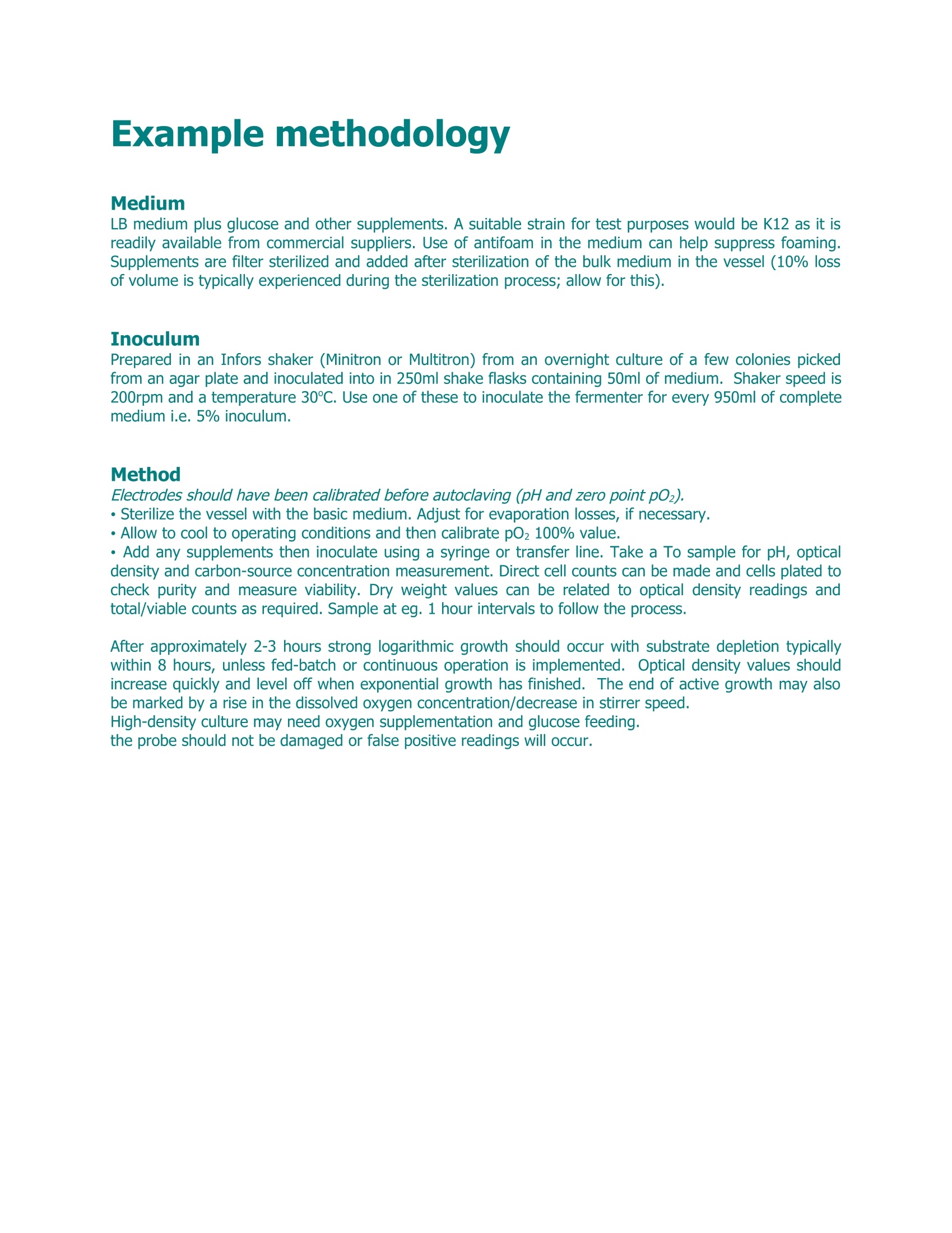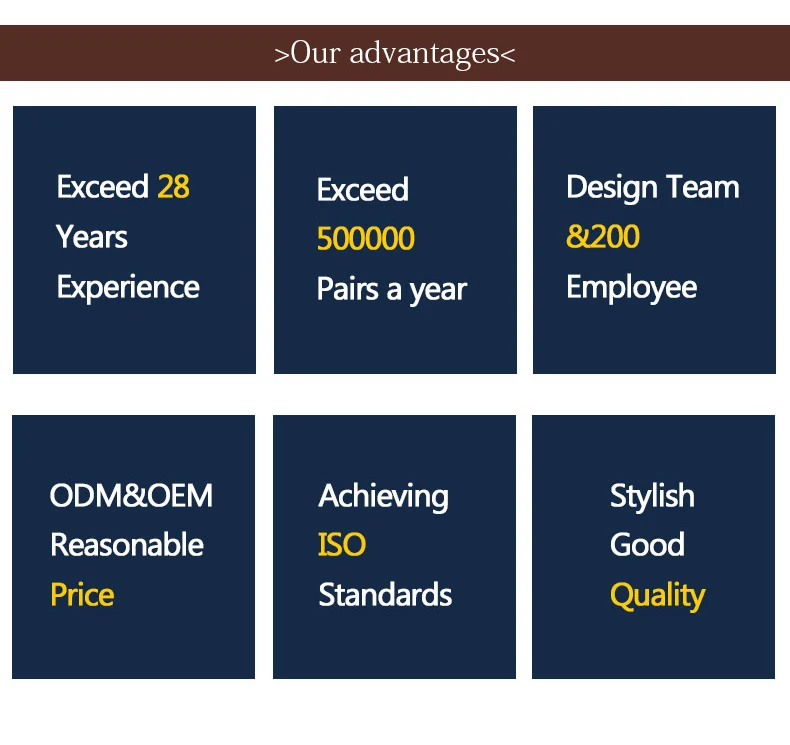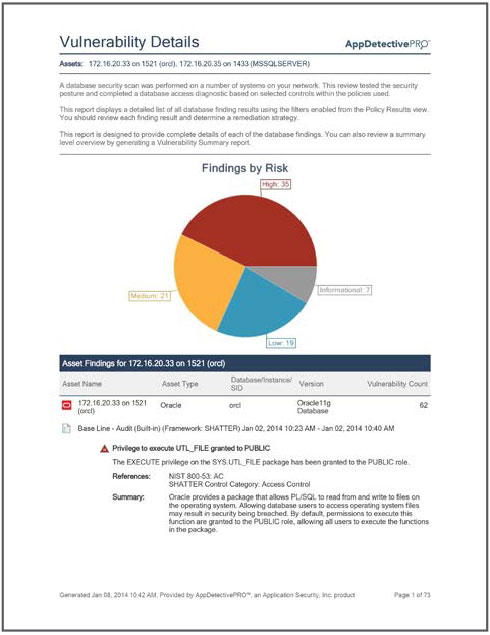Understanding Owner-Occupied Loan Requirements: A Comprehensive Guide for Homebuyers
#### Owner-Occupied Loan RequirementsWhen it comes to securing a mortgage, understanding the owner-occupied loan requirements is crucial for potential homeb……
#### Owner-Occupied Loan Requirements
When it comes to securing a mortgage, understanding the owner-occupied loan requirements is crucial for potential homebuyers. These requirements vary by lender, but generally, they are designed to ensure that the borrower intends to live in the home as their primary residence. This distinction is important because owner-occupied loans often come with different terms and conditions compared to investment property loans.
#### What is an Owner-Occupied Loan?
An owner-occupied loan is a type of mortgage specifically for properties that the borrower will live in. Lenders typically offer more favorable terms for these loans, such as lower interest rates and reduced down payment requirements. This is because owner-occupied properties are seen as less risky, as the borrower has a vested interest in maintaining the home.
#### Key Requirements for Owner-Occupied Loans
To qualify for an owner-occupied loan, there are several key requirements that borrowers must meet:

1. **Primary Residence**: The property must be the borrower's primary residence. This means that the borrower must live in the home for the majority of the year.
2. **Down Payment**: Most lenders require a down payment, which can range from 3% to 20% of the home's purchase price. First-time homebuyers may qualify for programs that allow for lower down payments.
3. **Credit Score**: A good credit score is essential for securing favorable loan terms. Most lenders prefer a credit score of at least 620, but higher scores can lead to better interest rates.
4. **Debt-to-Income Ratio**: Lenders typically look for a debt-to-income (DTI) ratio of 43% or lower. This ratio compares the borrower’s monthly debt payments to their gross monthly income.
5. **Employment Verification**: Lenders will want to verify the borrower’s employment status and income to ensure they can afford the mortgage payments.

6. **Property Appraisal**: An appraisal is usually required to determine the fair market value of the property. This helps the lender assess the risk associated with the loan.
#### Benefits of Owner-Occupied Loans
There are several benefits to obtaining an owner-occupied loan. The most significant advantages include:
- **Lower Interest Rates**: Since these loans are considered less risky, borrowers can often secure lower interest rates compared to investment property loans.
- **Better Loan Terms**: Owner-occupied loans may come with more favorable terms, such as lower closing costs and reduced fees.

- **Access to Government Programs**: Many government-backed loan programs, such as FHA and VA loans, are specifically designed for owner-occupied properties, offering additional benefits for eligible borrowers.
#### Conclusion
In summary, understanding the owner-occupied loan requirements is essential for anyone looking to purchase a home. By meeting these requirements and taking advantage of the benefits associated with owner-occupied loans, homebuyers can secure the financing they need to achieve their homeownership dreams. Whether you are a first-time homebuyer or looking to upgrade to a new residence, being informed about these requirements can help you navigate the mortgage process with confidence.